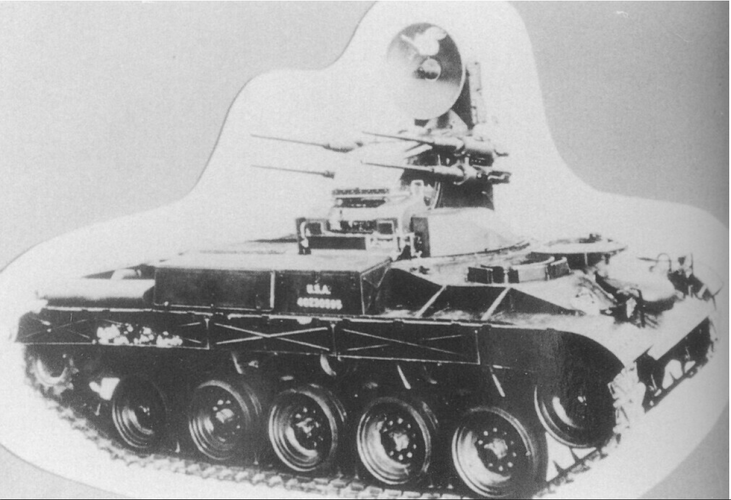Hi Bill,
Ah, I see. That sounds a lot like the German 15 × 96mm MG 151 cartridges ... if it weren't original German rounds, maybe they were relics from the start of the US 0.60" development path? I've now check Chinn's book, but he sort of implies all the various 0.60" guns used the same cartridge, though with the first one actually being based on a Hispano 20 mm cannon, I really wonder if I'm mabye misreading him. Probably we'd have to ask Tony Williams, but I haven't seen him post here in this forum much lately ...
Here's the "final" 0.60 cal cartridge in Chinn's book:
However, Tony's "Rapid Fire" also shows pictures two additional, different US 0.60 cal cartridges (though both are fairly chunky as well).
For the sake of completeness, here a link showing downloadable versions of Chinn's work on machine guns:

archive.org
That must have been absolutely terrifiying! And your project probably only very narrowly avoided providing a classic instructional video, to be shown to budding engineers right after the footage of the Tacoma Narrows Bridge collapse! ;-)
Regards,
Henning (HoHun)




